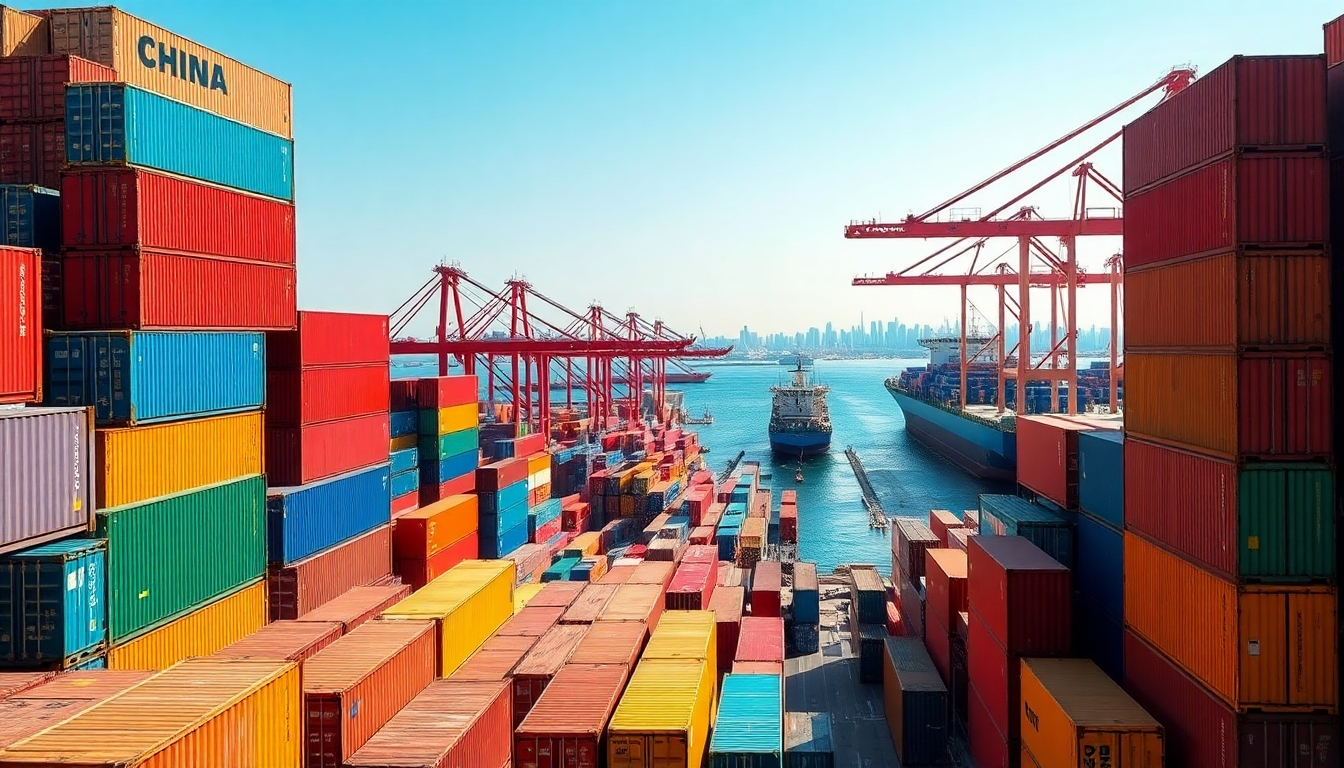Table of Contents
Have you noticed how China’s exports to various European Union (EU) countries have been skyrocketing lately? Recent trade data reveals a remarkable trend that’s reshaping economic relations in a big way. It’s not just about a few specific goods; this surge could change the entire landscape of EU-China trade.
Let’s take a closer look at this export boom and what it might mean for the future.
Overview of China’s Export Growth
The latest figures are hard to ignore. China’s exports to Estonia shot up by an astonishing 79.4 percent in May compared to last year.
Cyprus isn’t far behind, with a 70.5 percent increase. Even Bulgaria and Hungary saw impressive jumps of 46.7 percent and 42 percent, respectively. These numbers highlight a growing demand for Chinese products in these smaller EU markets, suggesting a strategic shift towards less traditional trading partners.
But it’s not just the smaller economies that are cashing in. Larger EU nations are also seeing significant growth in imports from China. For instance, France’s imports increased by 24.2 percent, Germany’s by 21.72 percent, and Sweden’s by 20.4 percent.
This trend underscores China’s role as a key supplier for a variety of goods, including cutting-edge technology and renewable energy products like batteries, laptops, and solar panels. The implications of this growth go beyond mere statistics; they signal a deeper reliance on Chinese manufacturing and innovation.
Impact on EU Trade Deficits
Interestingly, while imports from China are on the rise, many EU markets are struggling with declining exports to China. This imbalance has resulted in a 22 percent increase in the EU’s trade deficit with China for May alone.
What does this mean for the sustainability of these trade dynamics? It raises some important questions about the long-term economic landscape.
As the EU continues to ramp up imports while exports shrink, balancing these trade relationships with China could become a major challenge. The widening trade deficit might push policymakers to rethink their strategies, emphasizing competitiveness and seeking new markets for EU products in an increasingly global economy.
Future Trade Trends and Considerations
Looking ahead, it’s crucial for EU nations to evaluate the long-term effects of these trade trends. The current surge in imports from China might indicate a reliance that could be risky if not managed wisely. EU countries should consider diversifying their trade partnerships to reduce the risks of depending too heavily on a single economy.
Moreover, the rising demand for Chinese goods suggests a shift in consumer preferences within the EU, potentially leading to stiffer competition among suppliers. European businesses need to stay nimble, adapting to these changing market conditions and consumer behaviors to keep their competitive edge.
In summary, the recent spike in China’s exports to the EU brings both exciting opportunities and significant challenges. As stakeholders navigate this complex landscape, fostering a balanced and sustainable trade relationship will be key to future success.





